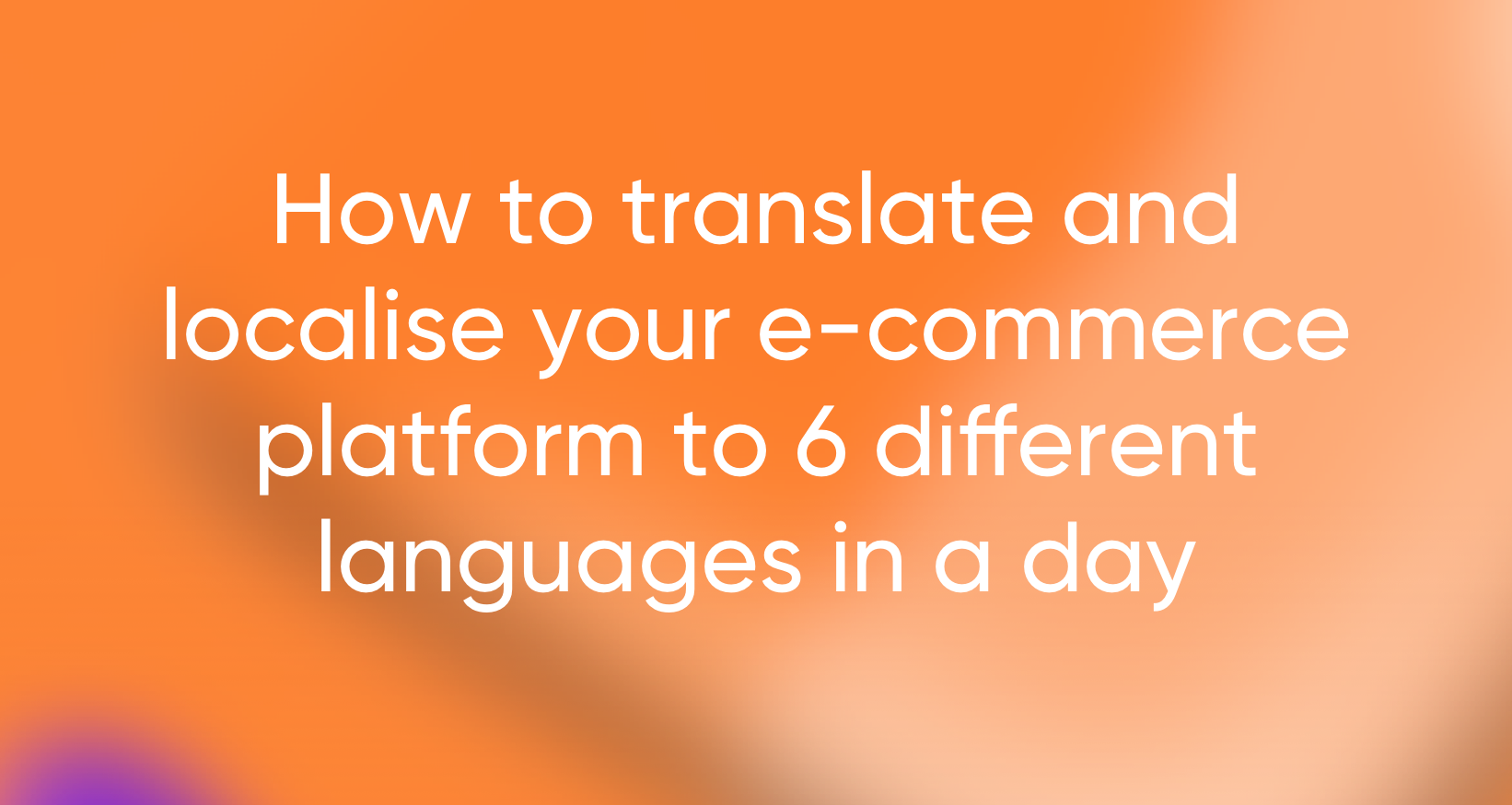Do you run a web-shop? If yes, how do you manage your stock and inventory? How do you make sure it is updated in real-time? Does it happen manually?
Usually, when building an e-commerce, at the minimum, you will have two systems to run your web-shop:
- an external system to handle inventory;
- an external system that functions as a web-shop itself.
Both systems are most of the time separated, not self-hosted, and data is not synched in real-time.

Maintaining your operation this way will eventually bring supply-chain problems as your business grows: For example, your customer should not be able to order anything that is out of stock but is shown as “in stock”. So how do you get your data synched? You integrate!
This is how you can set up your real-time stock management process with the help of low-code integrations.
To do so you create a process that runs during off-hours, as seen below:

This process accumulates all inventory data and updates the status for each item appropriately in a target web-shop system. The execution can be live monitored, and once completed, the system will send you an e-mail report: you will receive an error overview, synchronisation status, failure localisation.
 Live monitoring view
Live monitoring view
 Setting up an automated e-mail report after a process has been completed
Setting up an automated e-mail report after a process has been completed
All of this was developed, deployed, and tested in the testing environment in just a few hours.
The most amazing thing about this case is that to create this - let’s call it a ‘sync app’ - you do not need to know any syntax. When using frends low-code platform, what you need is simply knowing the supply-chain process of your own business. As the result, you will be able to connect with ease something that for a second you might have thought was permamently separated.
Other alternatives vs. a low-code approach
You may wonder if there are any other solutions available that can bring the same end-result. The answer is “Yes”. Below we list some of those and explain some of the drawbacks to expect.
Alternative 1: having own self-hosted solution
To take into account: If you don’t have a virtual machine/server already, you need to buy one.
Frends, meanwhile, provide an agent within the license. The whole process will be lean, as Frends require no deploys, and has no windows/linux compatibility issues.
Once you deploy an own self-hosted solution, you will need to maintain it and check logs, if something fails, or an error occurs. This is more than troublesome, so web GUI (graphical user interface) is much better suited for this, and saves your time and resources.
Alternative 2: Writing a custom - shoper extension
For this you will need a developer. More to this, you will need a skilled developer that is experienced in a particular technology, as well as they will need to learn Shoper API platform specifics.
In Frends there is nothing specific, as the platform is low-code and has an intuitive GUI.
In conclusion
Application plain coding is not a bad alternative, but today’s tech landscape is offering new ways of doing things in IT that in practice can turn to be more flexible, faster, and efficient. One of those are low-code and hybrid integration platforms, and we encourage you to explore those and test for yourself!
Try a free frends trial:
30 days, no credit card required.
- equivalent to an enterprise tier
- all features available
- no commitment required
- 1h training included



